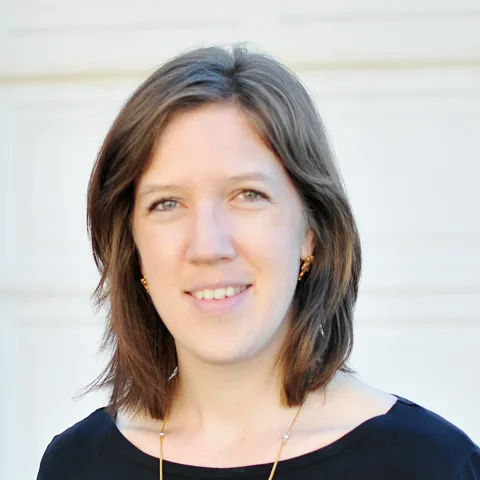Community Paramedicine is a healthcare model that brings paramedics into the homes of patients for non-emergent reasons to help with access to health care.
In South Carolina, the Community Paramedicine program at Spartanburg Regional Healthcare System has had a big impact on the lives of heart failure patients. Due to the debilitating symptoms of congestive heart failure, many patients struggle to travel to the Heart Failure Clinic for their care. But now a community paramedic makes home visits to provide follow-up care and facilitate a telehealth visit with their nurse practitioner located in the clinic. Using a digital stethoscope, the paramedic assesses the patient while a nurse practitioner can hear heart and lung sounds in real time.
“It kind of goes back to the old days of the doctor making house-calls and especially the older patients- they love that,” said Kristle Butler, NREMT-P, MIH-Community Paramedic at the Heart Failure Center.
In her role as a community paramedic, Butler takes vital signs, bloodwork, and completes a full medical check-up. For telehealth visits she sets an Ipad on a tripod in front of the patient and brings a WIFI system that enables her to connect via telehealth with a nurse practitioner.
Telehealth assists with access to care because many heart failure patients cannot drive due to mobility issues and wearing continuous oxygen, said Jennifer Vigodsky RN, MSN, Nurse Manager at the Heart Failure Clinic.
“We are giving these patients a better quality of life with very close follow ups,” said Vigodsky. “Especially after hospital discharge our goal is to have telehealth within seven days of discharge.”
Close follow-ups are important because nationwide heart failure patients have a 25 percent chance of re-admission to the hospital within 30 days of discharge. Re-admission is common because medicine needs to be titrated, or adjusted based on body chemistry.
One of Butler’s patients is Regina Hayes, a 77-year-old who lives in an independent living facility in Spartanburg. Hayes wears continuous oxygen and moves with a walker. For her, simple daily tasks like getting dressed and preparing meals have become arduous. She described the process of going out to the clinic for an appointment as “an ordeal” that takes an entire day. But with the help of Butler, she can now see her nurse practitioner from the comfort of her own home.
“It’s the best thing they’ve come up with, invaluable to me,” she said.


